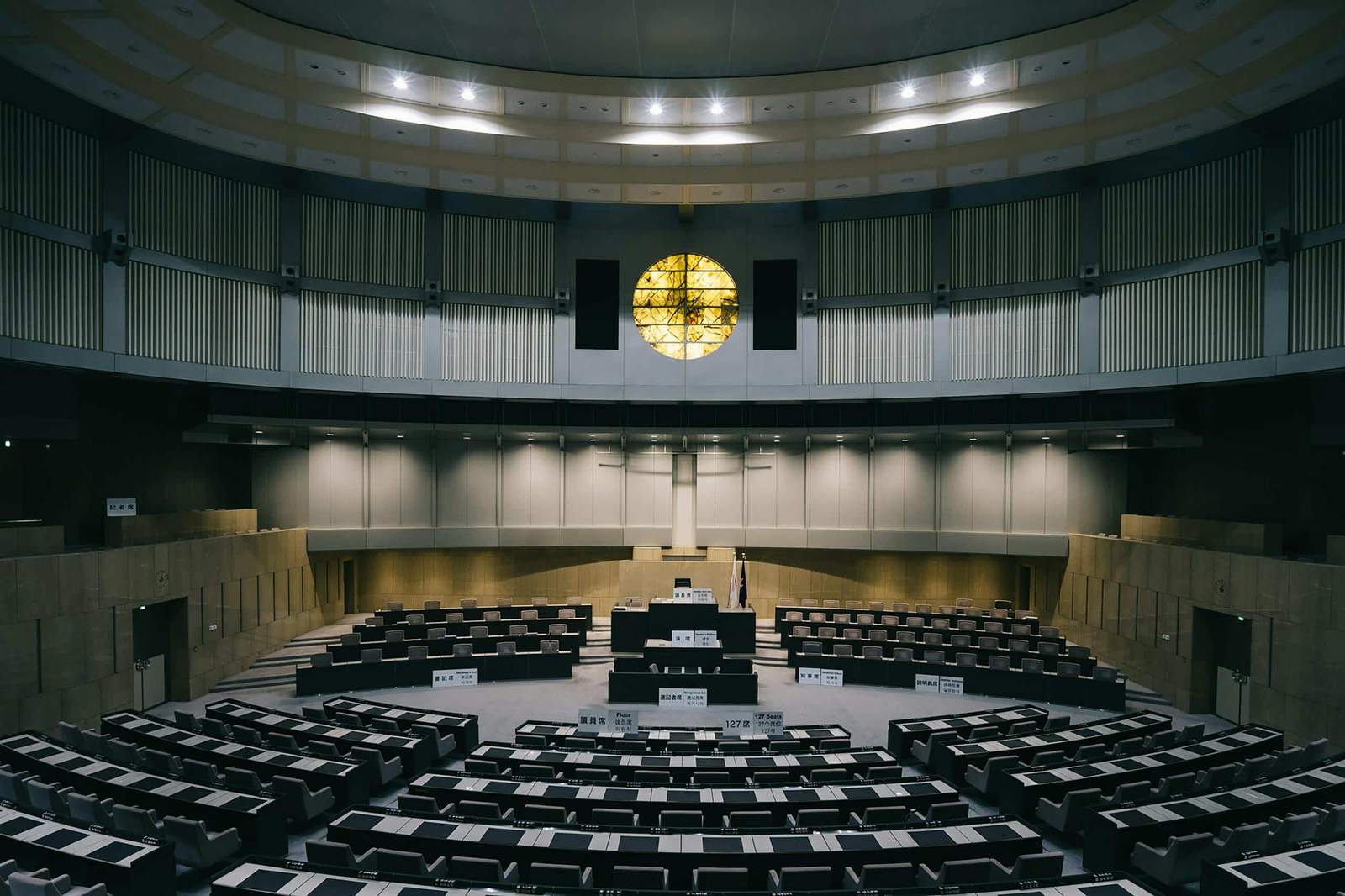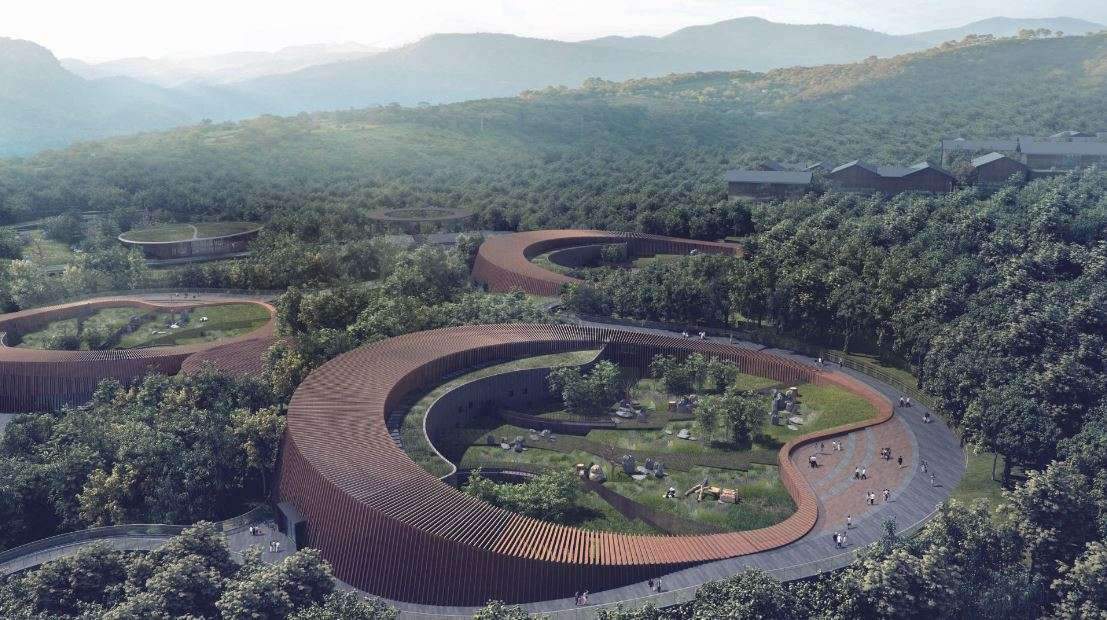Political Architecture: Designing Embassies and the Protocol of Official Architecture
Architecture has always played a subtle yet crucial role in projecting the power, stability, and cultural identity of a nation. This is especially evident in the design of embassies around the world. Embassies are not merely buildings they are symbols that carry the identity of a nation to foreign lands, serving as physical representations of diplomacy, culture, and security. In this article, we delve into the concept of embassy architecture as a form of political architecture, exploring the delicate balance between diplomatic protocol, security measures, and national identity.
The Political Nature of Embassy Design
Embassy architecture is inherently political. It is shaped by national interests and driven by an effort to project certain values and ideals to the host nation. The design of an embassy communicates messages of power, openness, strength, and culture, while also serving practical purposes like ensuring security and functioning as a workplace for diplomats.
The United States Embassy in London, designed by KieranTimberlake and completed in 2017, is an excellent example of a building designed to strike this balance. The design features a transparent glass façade, symbolizing openness and democracy, while still incorporating heavy security features like a surrounding moat-like pond and high walls for protection. These design elements emphasize both accessibility and resilience two characteristics that the United States wants to project in its diplomatic relations.

Security and Protocol in Embassy Architecture
Security is one of the paramount concerns in embassy design. Diplomatic missions have become targets for political demonstrations and terrorist attacks, making it imperative for embassies to have robust security features. Yet, architects face a significant challenge: incorporating security features without creating a sense of detachment or hostility.
The Norwegian Embassy in Berlin, designed by Snøhetta and completed in 1999, manages this balance masterfully. The building features both openness and security, using setbacks, barriers, and natural landscaping to provide a secure environment while still maintaining a welcoming aesthetic. The façade employs natural materials and open spaces to reflect Norway’s identity as a peaceful and transparent nation. The use of soft barriers like gardens and water features minimizes the perception of fortification, showing how an embassy can be secure without appearing overtly defensive.
Diplomatic Representation and National Identity
Embassy design is a statement of national identity. Through architectural styles, materials, and even landscaping, embassies are crafted to reflect the culture and values of the home country. The French Embassy in Tokyo, for instance, is designed to echo French elegance and sophistication. Its use of classical symmetry, minimalist aesthetics, and refined materials conveys a sense of timeless cultural pride.
Another prime example is the Dutch Embassy in Berlin, designed by OMA under the direction of famed architect Rem Koolhaas and completed in 2004. The embassy’s design focuses on transparency and innovation core values of the Netherlands. Large glass façades and an open floor plan reflect the Dutch commitment to transparency in governance, while the unique structure emphasizes creativity.
These design choices are not merely about aesthetics; they are deliberate statements meant to influence how the host nation and visitors perceive the sending country. A well-designed embassy tells a story about a nation’s priorities, its values, and its relationship with the world.
Challenges in Balancing Protocol, Design, and Functionality
Architects of embassies must navigate a complex web of diplomatic protocol, functionality, security, and aesthetics. Unlike conventional buildings, embassies must cater to a range of functions housing offices, hosting formal events, providing accommodations, and most importantly, ensuring security. The architectural design must also meet stringent guidelines established by both the host and home countries.
For example, the U.S. Embassy in Baghdad, designed during the 2000s, was created in response to heightened security needs. It spans 104 acres, making it one of the largest and most fortified embassies in the world. While this vast embassy speaks of American presence and power, its heavily guarded and fortified design has also been criticized for symbolizing detachment, reflecting the complexity of balancing security with diplomatic hospitality.

The Evolving Nature of Embassy Architecture
The role of embassies has shifted dramatically in recent decades, driven by evolving diplomatic relationships and security threats. As the world becomes increasingly interconnected, the purpose of embassies has expanded beyond mere diplomacy. They now serve as cultural centers, offering exhibitions, public lectures, and events that promote the home nation’s culture.
The Embassy of Denmark in New Delhi, for instance, goes beyond diplomatic duties by hosting public cultural events, promoting Danish design, sustainability, and technology. The use of sustainable features, such as solar panels and rainwater harvesting systems, reflects Denmark’s global image as a pioneer in environmental initiatives. These aspects of embassy architecture help foster cultural exchange and bring a human element to diplomacy, allowing embassies to act as bridges between nations.
Conclusion
Embassy architecture is a delicate interplay of politics, diplomacy, security, and aesthetics. Through thoughtful design, embassies have the power to convey messages of openness, resilience, and cultural pride. However, designing these buildings involves navigating significant challenges balancing security with accessibility, diplomacy with protection, and culture with protocol.
The architecture of embassies not only reflects the political and cultural ethos of their home countries but also shapes diplomatic relationships and international perceptions. As we move into an era where diplomacy increasingly emphasizes cultural exchange and soft power, the role of embassy architecture will continue to evolve, becoming an even more vital tool in conveying the messages that shape international relations.







